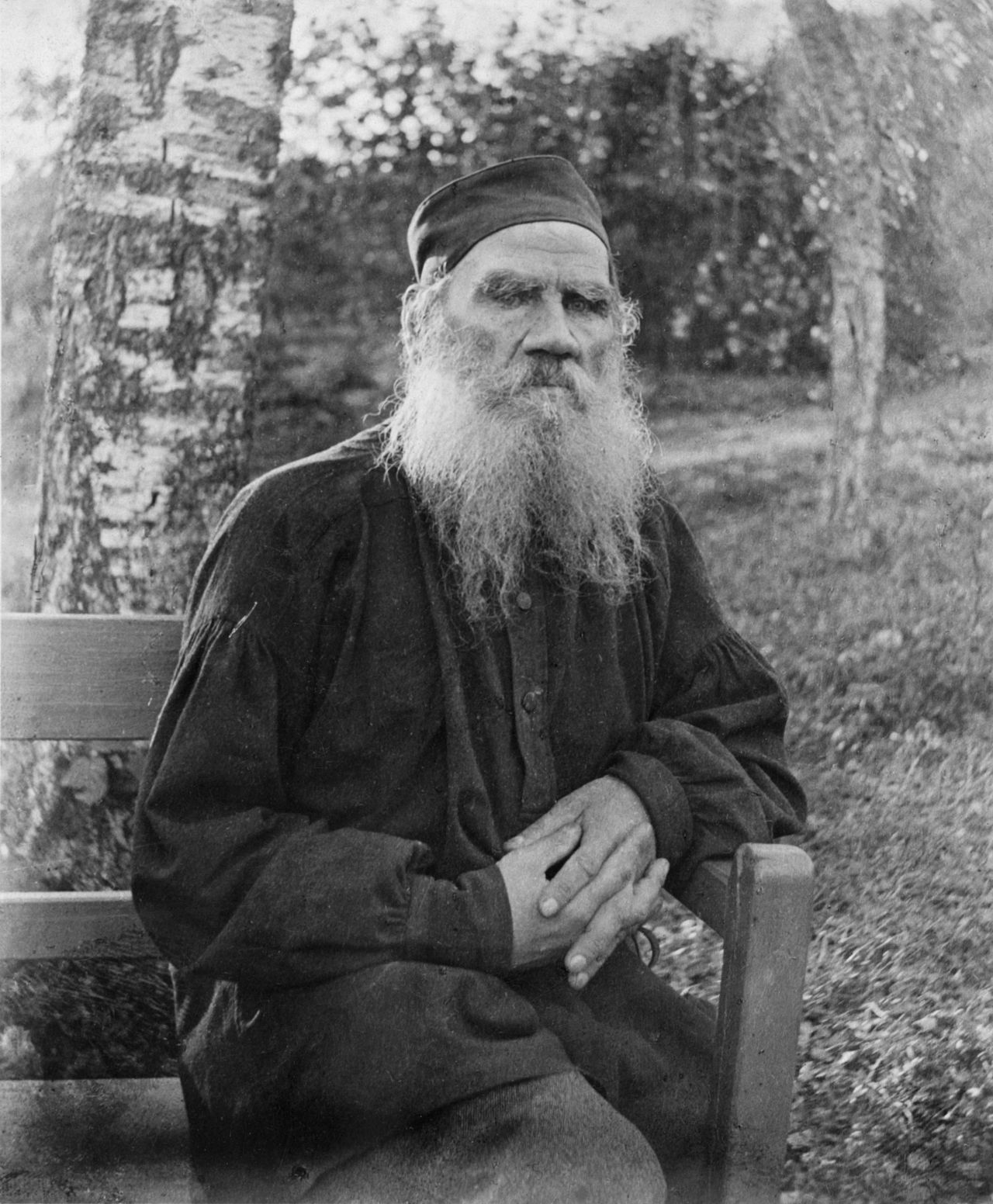Leo Tolstoy Archive
Written: 1904
Source: "Fables for Children," by Leo Tolstoy, translated from the original Russian and edited by leo Wiener, assistant Professor of Slavic Languages at Harvard University, published by Dana Estese Company, Boston, Edition De Luxe, limited to one thousand copies of which this is no. 411, copyright 1904, electrotyped and printed by C. H. Simonds and Co., Boston, Massachusetts, USA.
Transcription/Markup: Andy Carloff
Online Source: RevoltLib.com; 2021

During Easter week a peasant went out to see whether the ground was all thawed out.
He went into the garden and touched the soil with a stick. The earth was soft. The peasant went into the woods; here the catkins were already swelling on the willows. The peasant thought:
"I will fence my garden with willows; they will grow up and will make a good hedge!"
He took his ax, cut down a dozen willows, sharpened them at the end, and stuck them in the ground.
All the willows sent up sprouts with leaves, and underground let out just such sprouts for roots; and some of them took hold of the ground and grew, and others did not hold well to the ground with their roots, and died and fell down.
In the fall the peasant was glad at the sight of his willows: six of them had taken root. The following spring the sheep killed two willows by gnawing at them, and only two were left. Next spring the sheep nibbled at these also. One of them was completely ruined, and the other came to, took root, and grew to be a tree. In the spring the bees just buzzed in the willow. In swarming time the swarms were often put out on the willow, and the peasants brushed them in. The men and women frequently ate and slept under the willow, and the children climbed on it and broke off rods from it.
The peasant that had set out the willow was long dead, and still it grew. His eldest son twice cut down its branches and used them for fire-wood. The willow kept growing. They trimmed it all around, and cut it down to a stump, but in the spring it again sent out twigs, thinner ones than before, but twice as many as ever, as is the case with a colt's forelock.
And the eldest son quit farming, and the village was given up, but the willow grew in the open field. Other peasants came there, and chopped the willow, but still it grew. The lightning struck it; but it sent forth side branches, and it grew and blossomed. A peasant wanted to cut it down for a block, but he gave it up, it was too rotten. It leaned sidewise, and held on with one side only; and still it grew, and every year the bees came there to gather the pollen.
One day, early in the spring, the boys gathered under the willow, to watch the horses. They felt cold, so they started a fire. They gathered stubbles, wormwood, and sticks. One of them climbed on the willow and broke off a lot of twigs. They put it all in the hollow of the willow and set fire to it. The tree began to hiss and its sap to boil, and the smoke rose and the tree burned; its whole inside was smudged. The young shoots dried up, the blossoms withered.
The children drove the horses home. The scorched willow was left all alone in the field. A black raven flew by, and he sat down on it, and cried:
"So you are dead, old smudge! You ought to have died long ago!"